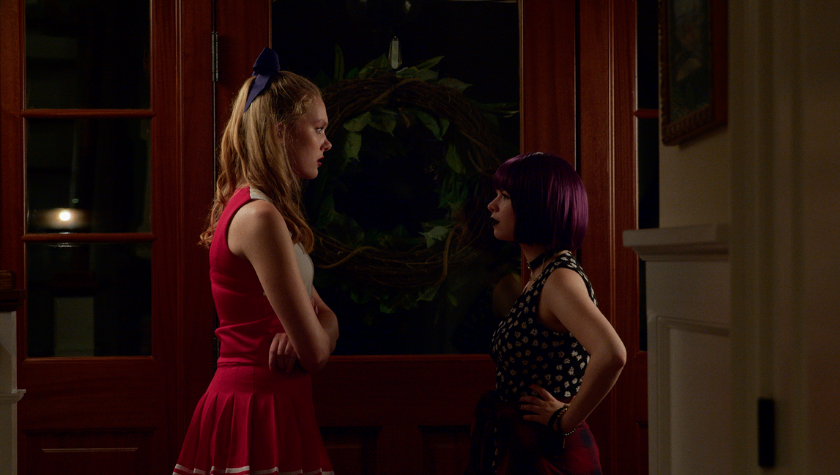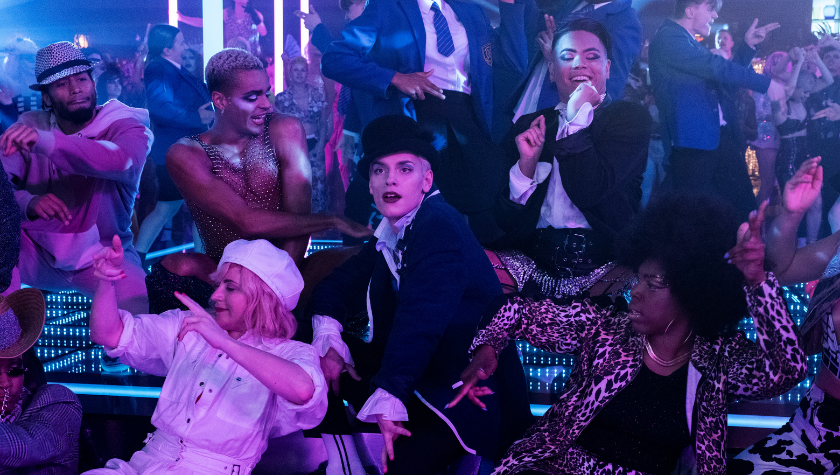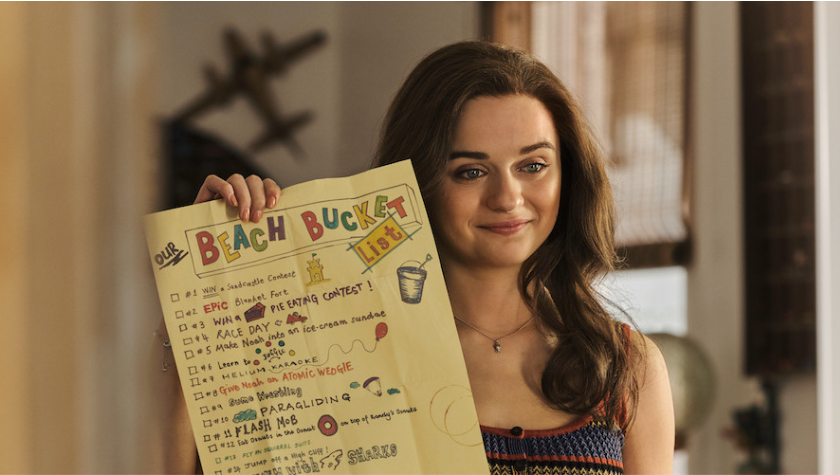Writer-director Kay Cannon on rethinking the world of 'Cinderella'
September 17, 2021
Once upon a time, there was a girl named Cinderella... Who dreamed of being a dress designer.
Singing tunes of today and dancing up and down the town, the classic story of Cinderella takes a new direction in Kay Cannon’s Cinderella for Amazon Prime. While traveling through town in search of materials for her latest dress, she runs into a stranger who ends up changing her life. The twist? He isn’t everything she wants. She has bigger dreams and Cannon’s re-write of the tale gives the leading soon-to-be Princess the independence to pursue them.
Cannon, the film's writer and director, didn’t plan on remaking the story of Cinderella. James Cordon, an executive producer on the project who also voices one of the mice, pitched the idea of a Cinderella with contemporary songs to a few writers. Cannon found the excitement in the idea mid-pitch.
“I thought that was cool and then I had a moment in the meeting where I was like, 'Wait, I could rewrite this story in a way that could be more relatable to how women or young girls see themselves,'” she says.
She pitched the idea of Cinderella being a dress designer during the meeting with Cordon, explaining she’d go to the ball to network and not for a man.
After ideas arose, she told him, “‘I know you're meeting with other writers, but I want to do this. I have no poker face.”
It worked and she got the opportunity to tell the new version of Cinderella. Cannon acknowledged that there have been different versions of the fairytale before, but she didn’t want to compare them to hers. Instead, she looked to the original story to pull from and made her changes from there.
“I tried to compare myself only to the origin story because I wanted to make sure that I wasn't comparing myself to these wonderfully successful movies that I've loved,” she says.
Cannon’s Cinderella highlights the characters around Cinderella, even the parents. She wanted others to change around the leading princess and grow as well. One of the significant changes is making the evil stepsister not so evil anymore. While she does have her dark side, Cannon pulled the layer back on her character so viewers can see where her anger comes from. Her past is all shared in a single monologue that packs a punch and shows she, too, had dreams of her own.
“I felt like that monologue helped us just completely understand why she is the way she is,” Cannon says. “And I thought that Idina played it so beautifully. She's vulnerable, but she's still strong about it, and you can tell she's still pissed.”
Following her vulnerable side, the mother turns to song with “Dream Girl” where she tells the tale of how she gave up her dreams for a man. She warns Cinderella that following your dreams doesn’t always work out. But her daughter doesn’t take the advice as the only option.
As for the primary love story of Cinderella, she wanted to show that although the prince and Cinderella come from different levels of affluence, they have similar struggles. She meets the prince when he is in disguise and gets to know him on a deeper level. Unlike the original story where Cinderella's identity is secret, this time around his is, adding another level to her character.
The film also introduces multi-generational storytelling that even addresses the king and queen's love story, who have romance troubles of their own. They look back at their own relationship through the eyes of their son who is chasing after true love. They question if they’ve had that love for themselves. Cannon says she added the subplot to underscore Cinderella’s story and connect to older viewers who could relate to the conflict.
“I was always looking to find ways to ground the story and to make it so that anybody watching the movie could have somebody that they relate to, regardless of age or gender,” she says.
Cannon allows multiple characters to grow and change, building on the theme of transformation. It is present throughout the fairytale, from the king and queen’s ever-growing relationship to Cinderella’s grand transformation. Transformation is also what especially spoke to the character of the fairy godmother.
“I knew it was coming from caterpillar to butterfly,” she says. “And who has transformed more in front of our eyes than Billy Porter. It felt modern with something to say.”
As Cinderella chases her dream client, she stumbles upon prince charming. While singing the songs of popular artists like Ed Sheeran and Jennifer Lopez, the character navigates love and following their dreams. For Cannon, she didn’t want it to be a choice. She wanted to encourage viewers to follow their dreams no matter what.
Without giving too much away, you can still expect a happily ever after, but it may look a little different.
“I like to say that in my Cinderella we have the wedding reception without the wedding."
Written by: Steven Vargas
Steven Vargas is a multimedia journalist based in Los Angeles whose work focuses on arts, entertainment and activism. He is a current grad student at USC Annenberg pursuing an MA in Specialized Journalism (The Arts) and previously graduated from USC with a BA in Theatre and Journalism with a minor in Dance. He is a current member of the Equity Board, a new initiative at Annenberg Media dedicated to diversifying sourcing and promoting inclusive coverage across the publication. His short doc, “Dancing at Home,” earned first place in the LA Press Club’s “Life in the Time of the Coronavirus Contest" in May 2020. More recently, he co-directed "Two Paths: One Direction," an award-winning short documentary produced with students from the USC and Prairie View A&M University about their experiences of 2020. He produced work for ET Live, TheWrap, Dance Magazine, BuzzFeed News, and more. His work can be found here: https://www.vargassteven.com/



